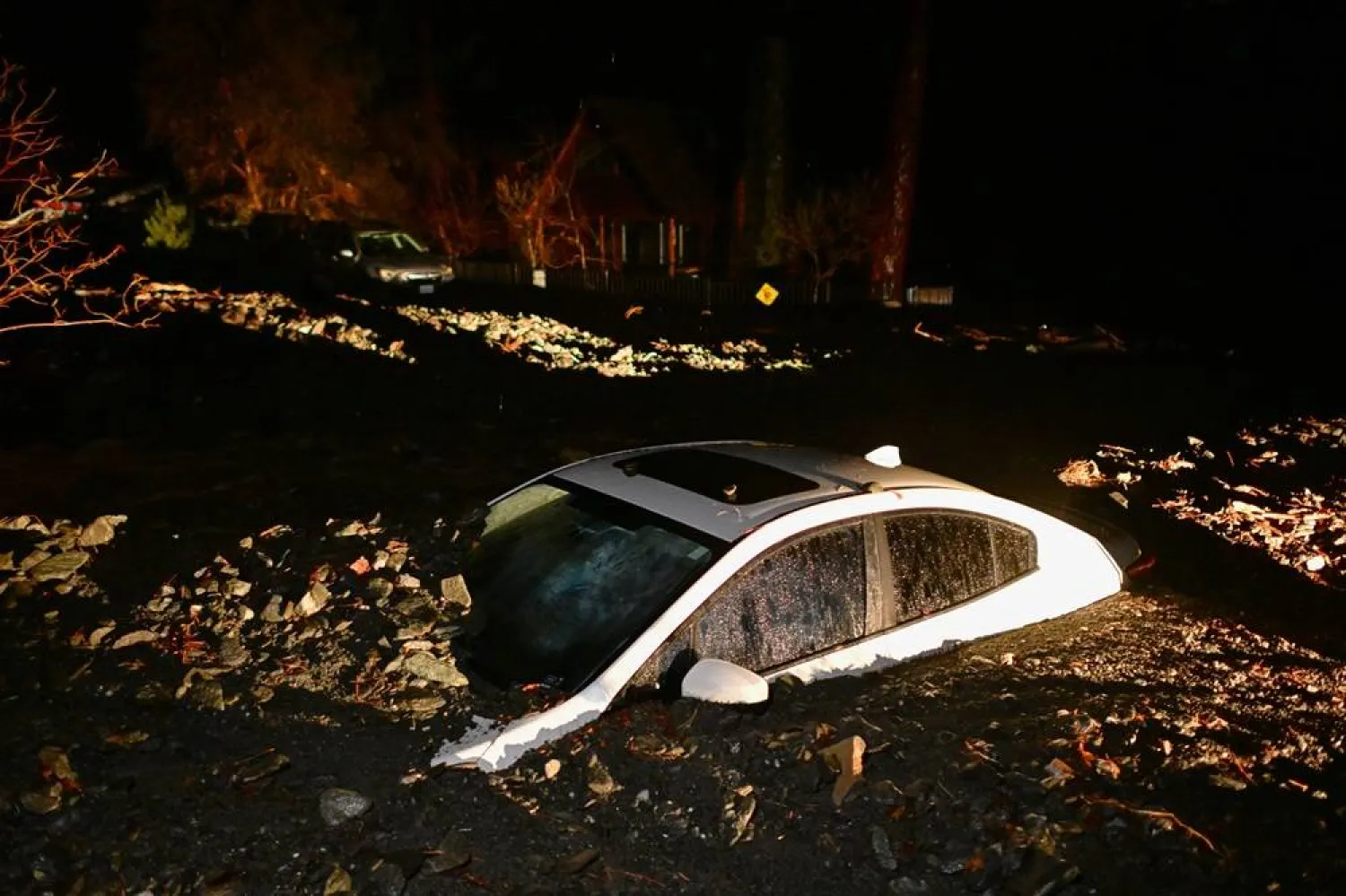With cruise bookings seeing a resurgence after the Covid pandemic caused luxury liners to mothball, a Finnish shipyard is putting the final touches on what will be the world's largest cruise ship.
Royal Caribbean's luxurious new vessel Icon of the Seas is nearing completion in the Turku shipyard on Finland's southwestern coast, its maiden voyage scheduled for January 2024, AFP said.
"This ship is, as of today, as far as we are aware of, the biggest cruise ship in the world," said Tim Meyer, CEO of shipbuilder Meyer Turku, tasked with the construction.
While some have labeled the colossal structure a "monstrosity", citing its vast climate footprint, others are in awe of the sophisticated engineering integrated into this floating holiday destination and flocking to buy tickets.
Resembling a village more than a ship, the mammoth vessel boasts colorful waterparks, more than 20 decks and can carry nearly 10,000 people.
A distinct feature of the new ship, which went into construction in 2021 and entered sea trials in June, is a gigantic glass dome that covers part of its front section.
The pandemic dealt a heavy blow to the industry, raising questions about whether it would ever recover.
Cruise companies are now seeing customers return.
The Cruise Lines International Association has predicted that passenger volume will surpass pre-pandemic levels with 31.5 million passengers in 2023.
"After the restrictions are gone and the situation has eased up, we are seeing that the market is coming back very strong," Meyer said.
Bigger is better?
With a gross tonnage of 250,800 -- five times the size of the Titanic -- Icon of the Seas will snatch the title of the world's largest cruise ship from Royal Caribbean's current flagship, Wonder of the Seas.
Meyer Turku also has two more similar sized Icon-class vessels in their order books.
"We have seen over the last decade that cruise ships have become bigger," said Alexis Papathanassis, professor of Cruise Management at Bremerhaven University of Applied Sciences.
Papathanassis noted that "there are obvious economic benefits" to mega-sized ships, reducing the cost of individual passengers.
With its seven pools, a park, waterslides, shopping promenades, ice skating rink and "more venues than any other ship", larger vessels like the Icon of the Seas also offer more options for spending money on board.
This "in turn enables cruise companies to be more profitable," he added.
The extra income is welcomed by the cruise lines -- in order to survive Covid lockdowns the cruise lines "had to take a lot of credit" they now have to pay back.
"It's going to be a challenging time with financial austerity for cruise companies," Papathanassis said, adding that he expected ticket prices to rise.
What is too big?
While "the tendency towards increasing the size of the ship is not going to stop", Papathanassis believes "it will certainly be slowed down".
The reason behind this is not engineering but rather the financial equation.
"The bigger the ships are, the higher the investment cost and the required technology know-how. And technological know-how does not come cheap," Papathanassis explained.
Similarly, larger vessels come with their own unique challenges, such as port overcrowding, he noted.
This "in turn enables cruise companies to be more profitable," he added.
The extra income is welcomed by the cruise lines -- in order to survive Covid lockdowns the cruise lines "had to take a lot of credit" they now have to pay back.
"It's going to be a challenging time with financial austerity for cruise companies," Papathanassis said, adding that he expected ticket prices to rise.
What is too big?
While "the tendency towards increasing the size of the ship is not going to stop", Papathanassis believes "it will certainly be slowed down".
The reason behind this is not engineering but rather the financial equation.
"The bigger the ships are, the higher the investment cost and the required technology know-how. And technological know-how does not come cheap," Papathanassis explained.
Similarly, larger vessels come with their own unique challenges, such as port overcrowding, he noted.
Often hailed as a bridge towards more climate-neutral options, LNG has lower emissions than traditional marine fuels, but T&E has voiced concern over potential methane leaks.
"LNG does have dramatic consequences for the climate because it leaks methane," Dijkstra said.
A typical component of LNG, methane is a powerful greenhouse gas that can have a much worse impact on the climate than carbon dioxide.
"The problem is when you use LNG as a marine fuel, you are encouraging the development of the gas industry."









